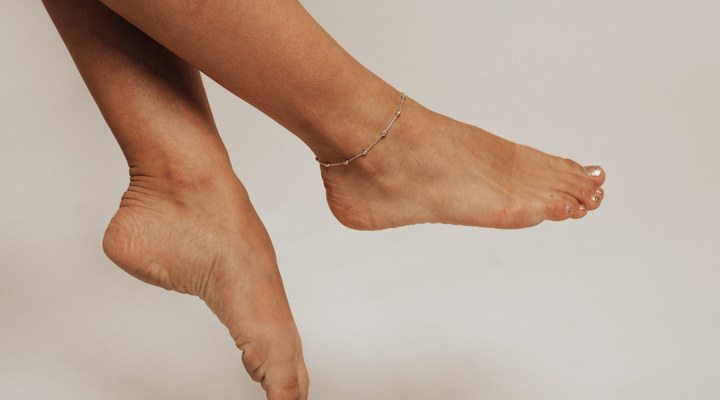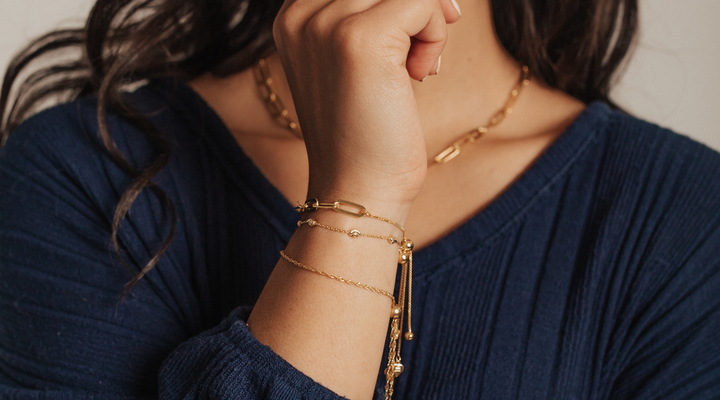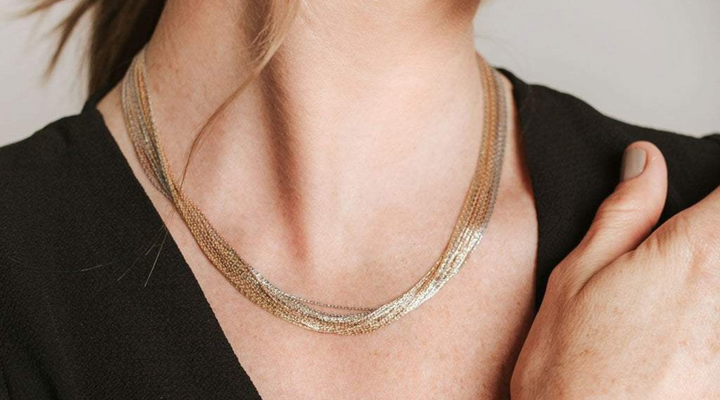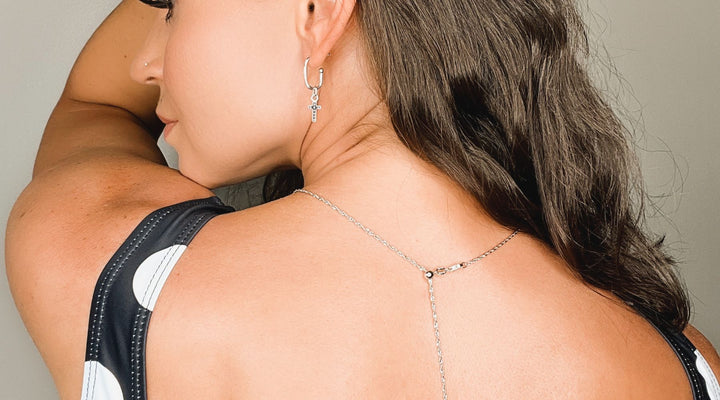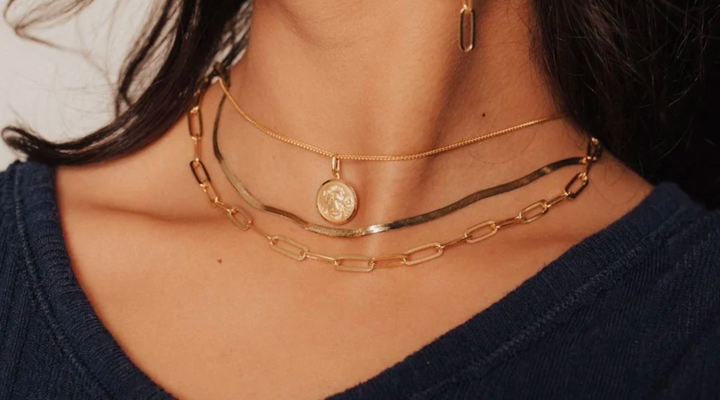10 Fabulous Facts About Freshwater Pearls
Posted by Deven Davis on
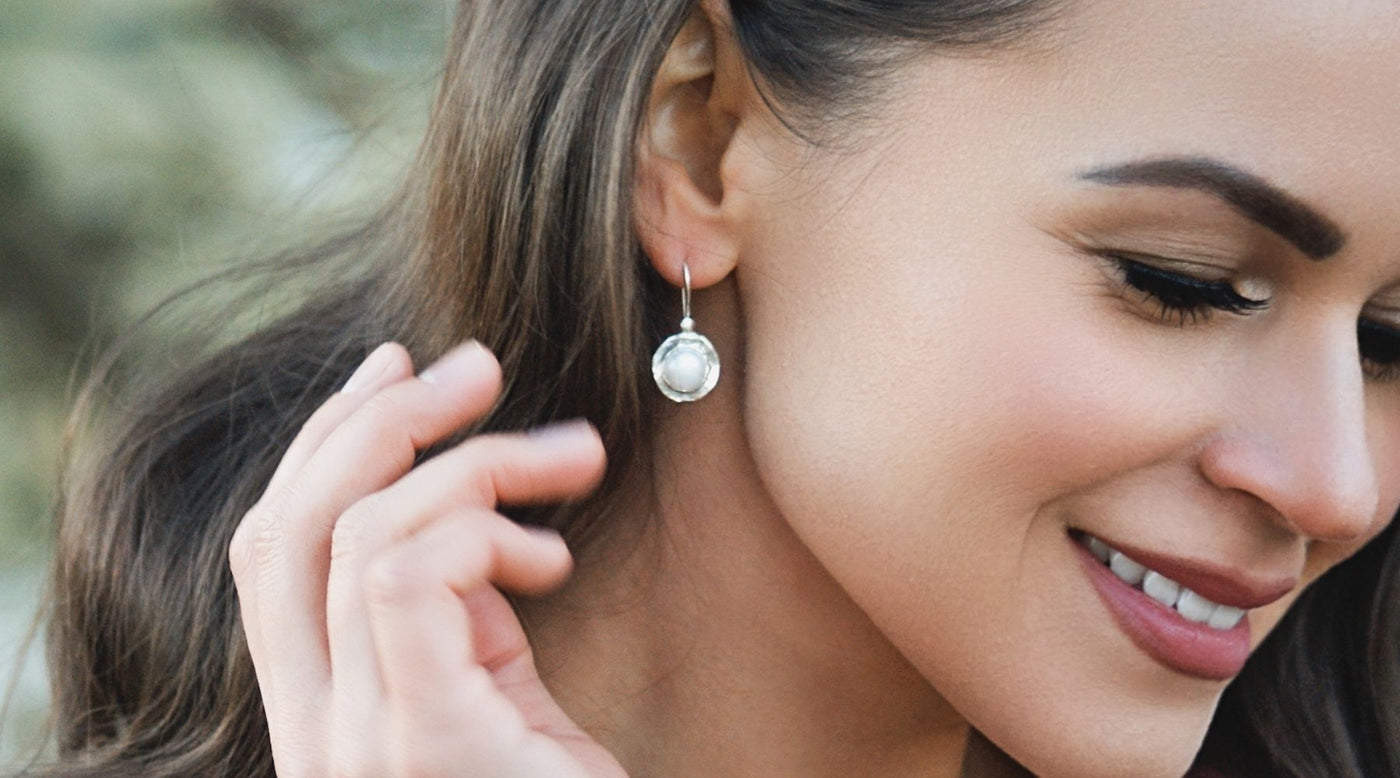
10 Fabulous Facts About Freshwater Pearls
Do you consider yourself a newbie jewelry collector? Even if you didn't and want to add pearls to your collection, check out this guide on freshwater pearls.
Keyword(s): freshwater pearls
Are you interested in buying freshwater pearls?
Freshwater pearls have a wide range of colors and unique shapes, making them the perfect options for luxurious jewelry pieces. Often referred to as the "Queen of Jewels," pearls are timeless and elegant.
Despite how popular freshwater pearls are, there are countless things about them that people don't know. This guide will discuss everything you need to know about freshwater pearls and our top ten favorite facts so you can become an expert on them.
What Are Freshwater Pearls?
Freshwater pearls come from mussels that live in freshwater rivers and lakes. These types of pearls are primarily found in China.
Many freshwater pearls are white, but they come in many different colors and shapes. Many of these pearls don't come with a bead nucleus, only a tiny piece of tissue. The lack of a bead nucleus results in a thicker nacre pearl.
Freshwater vs. Saltwater Pearls: What's the Difference?
Saltwater pearls are cultured pearls that are grown in Chinese and Japanese waters. They're typically round and white or cream.
The main difference between the two types of pearls is the nacre. Saltwater pearls have a thinner nacre than freshwater ones.
Another difference is the cost. Saltwater pearls are more expensive than freshwater because saltwater oysters produce fewer pearls.
Additionally, freshwater pearls get dyed, so they appear shiny. Saltwater pearls don't require dye.
Now that we have a basic understanding of freshwater pearls, let's dive deeper.
1. Freshwater Pearls Come From a Living Creature
Pearls are classified as a gemstone but are vastly different than other types of gemstones, like sapphires and rubies. The main reason is that they're the only gemstone that comes from a creature that's alive. The other types of gemstones form in the crust of the Earth.
2. Natural Pearls Are Incredibly Rare
Did you know that only one in 10,000 oysters contain a pearl? Freshwater pearl jewelry gained significant popularity in the early 20th century. Unfortunately, that resulted in oyster beds becoming depleted as people sought the precious gemstone.
3. The Most Expensive Pearl Is Worth Around $100 Million
The most valuable pearl in the world used to be kept under its owner's bed as a good luck charm for a decade before it got discovered in 2016 when the home burned down. A fisherman had found the pearl off of the Philippines' coast inside an enormous clam.
Why is this pearl so valuable? That's because it's around 26 inches long and weighs over 75 pounds. It's the largest pearl that's ever existed.
4. Julius Caesar Created Laws About Pearls
In ancient Roman times, pearls were thought to symbolize prestige and wealth. If you wore pearl jewelry or even had them in your possession, you were considered a member of the elite social class. In one BC, Julius Caesar founded a law that forbade any person in the ruling class from wearing pearls.
5. Cleopatra Drank a Pearl Cocktail
In ancient times, Cleopatra wanted to show Mark Anthony that she could have the most expensive dinner ever recorded in history. It was known that she owned two of the world's largest pearls, at least at that time. Since they were so large, that meant they were incredibly valuable.
During the dinner party, Cleopatra asked one of her servants to bring her one of her pearls and a glass of vinegar. She dropped to pearl into the vinegar, which caused it to dissolve. Cleopatra then drank what was the world's most valuable cocktail.
6. The Oldest Pearl is Almost 8,000 Years Old
Pearls were common in ancient Roman times, but they're believed to be even older than that. French researchers discovered the world's oldest pearl in 2012.
The pearl was found in the United Arab Emirates in an old gravesite. The pearl was named "Umm al Quwain" to pay homage to the area of the country the pearl was found.
With carbon dating, scientists determined that the pearl was more than 7,500 years old. Before that, the world's oldest pearl was around 2,500 years old.
7. Freshwater Pearls Can Be a Variety of Shapes
When most people think of pearls, they imagine a symmetrical and round shape. Freshwater pearls come in a variety of shapes. Some of the shapes include:
- Drop
- Off-round
- Round
- Baroque
Round freshwater pearls are the most popular out of all the shapes.
8. Freshwater Pearls Take Six Months to Grow
Each pearl takes a different amount of time to grow. However, six months is generally the average length of time. Sometimes it can take a pearl up to two years to develop.
The pearl growing process begins when a pearl farmer puts a nucleus inside a mollusk. It takes a bit of time for the oyster to recover from implantation. Once the mollusk has healed, the pearl starts to grow.
9. Pearls Are One of June's Birthstones
Pearls are one of the gemstones that represent the month of June. People born in June are lucky as they have three birthstones. The other two are moonstone and alexandrite.
Pearls symbolize loyalty, purity, and clarity. A piece of pearl jewelry would make an excellent gift for someone born in the month of June.
10. Cartier Used Pearls to Buy Land for Its Store in New York
Back in the early 1900s, the wife of a wealthy railroad tycoon fell in love with a pearl necklace shown at a Cartier store on Fifth Avenue. The woman wanted the pearl necklace, and Pierre Cartier wanted her mansion on Fifth Avenue. A deal got struck, and the necklace was exchanged for her home, which became Cartier's flagship store.
Shop at Roma Designer Jewelry for Freshwater Pearl Jewelry
Freshwater pearls are an affordable but luxurious option for elevating any jewelry collection. Whether you're looking for a freshwater pearl pendant or a pair of earrings, you're guaranteed to find something beautiful when shopping for pearls.
Shop our online collection of freshwater pearl jewelry.















